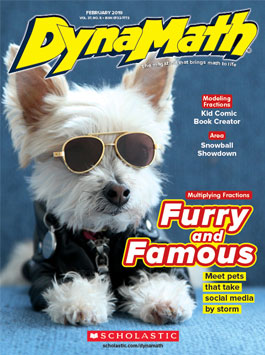I love hearing from teachers about how much they’ve enjoyed using our text sets so far. Which is why we’re so happy to tell you about our newest one: A summer-themed text set to keep students' math skills sharp!
Whether you’re looking to keep students engaged during these last few weeks of school, or to prevent the summer slide once they step out the door, we’re got you covered with fun articles, videos, and games.
Remember, your current DynaMath subscription is active until September. All you need to do is share your classroom password with students and their families. That way, they can access the website all summer long.
(Need a quick refresher on how to find your classroom password? It’s easy! Check out this blog post.)
Below are some of our favorite summer resources. For the complete list, check out our summer text set here!



